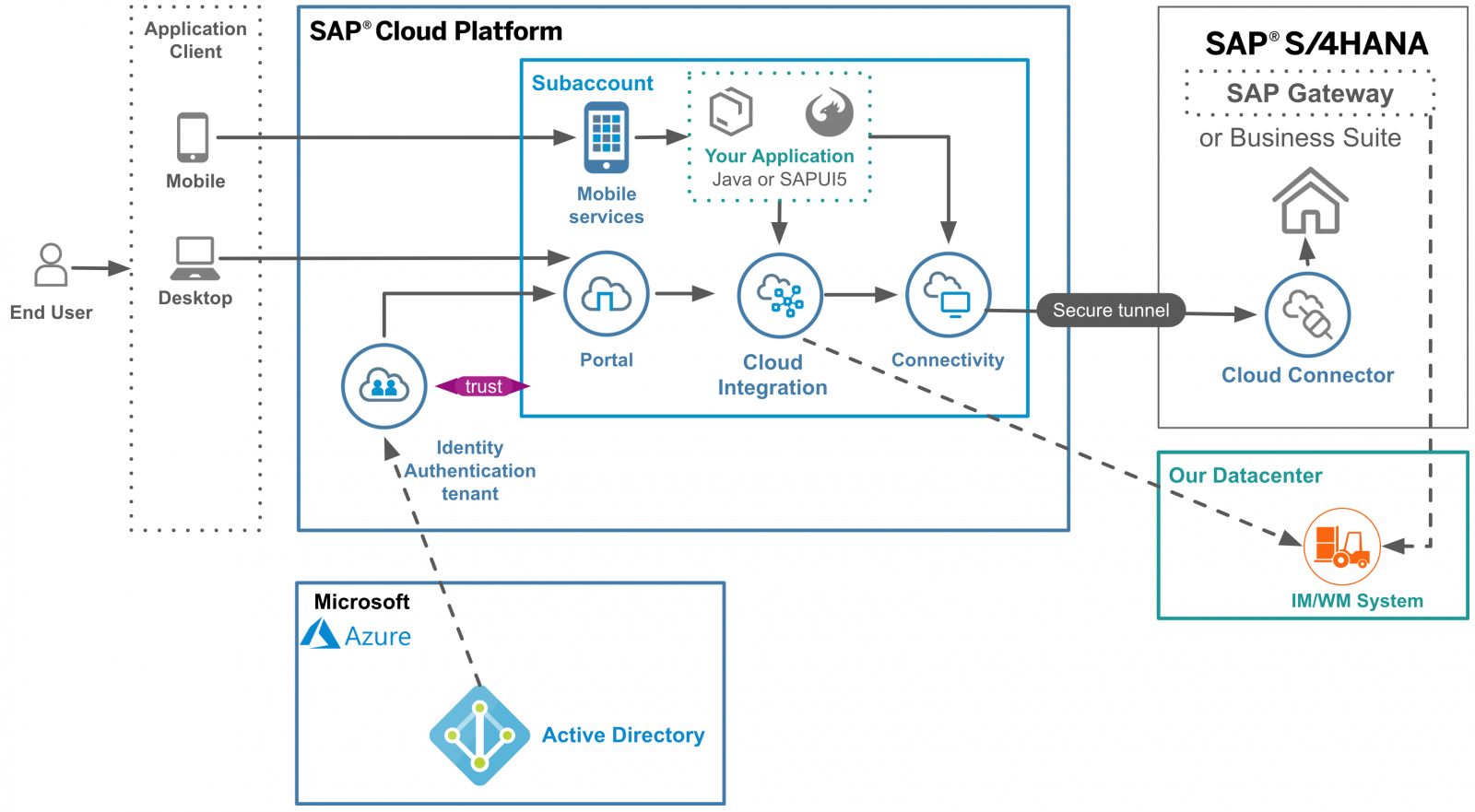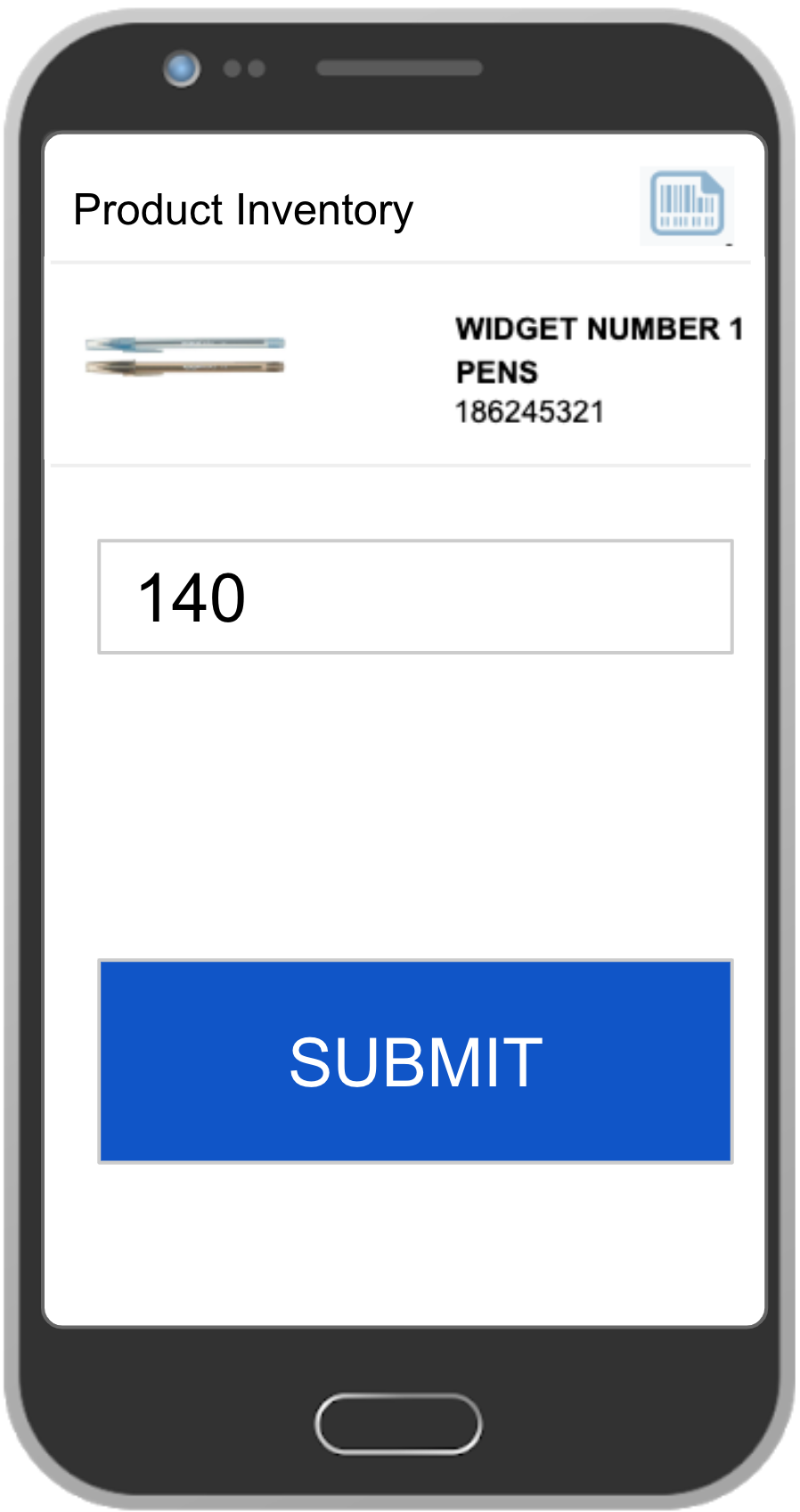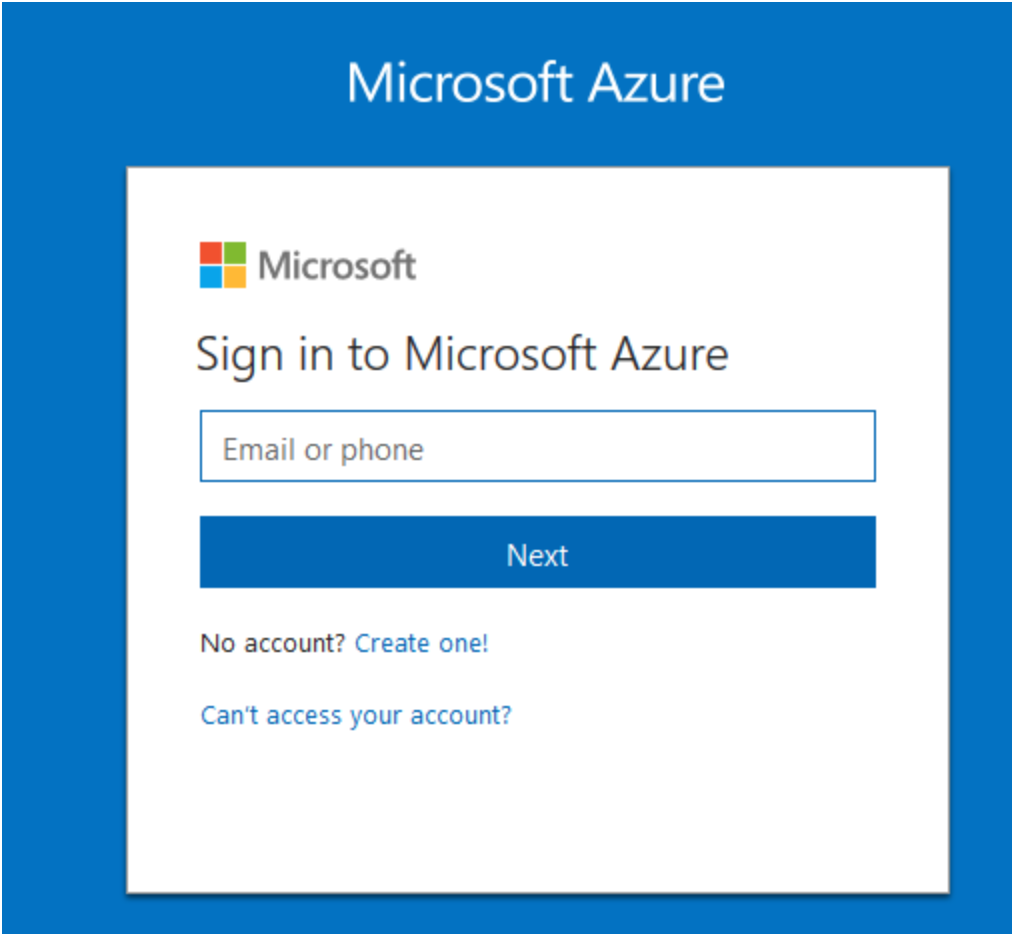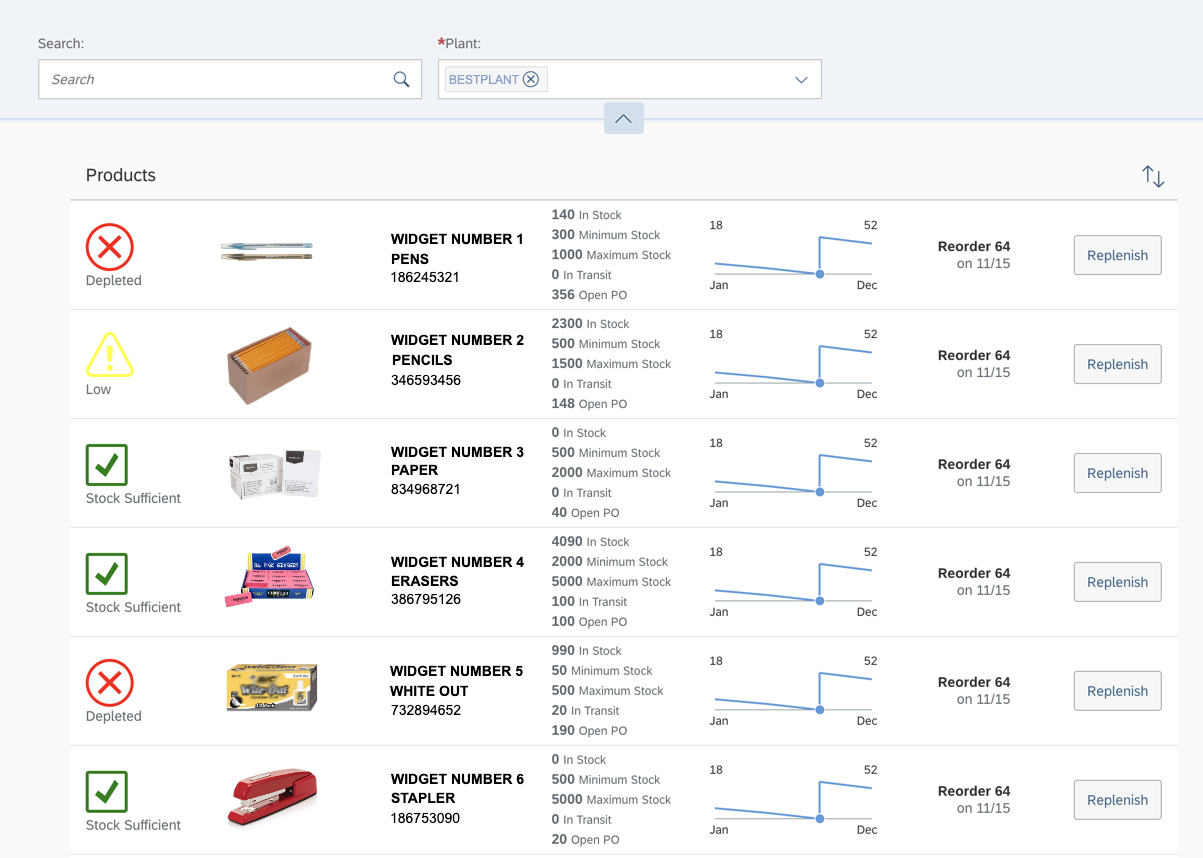In Enterprise IT landscapes we’re seeing that organizations are no longer keeping everything in a singular data center, or even on infrastructure that is under IT’s control. Instead, they’re using a mix of public, private, and third-party clouds.
Enterprise customers have realized that they cannot progress fast enough using a single software vendor for all solutions. They demand choice, scalability, security, reliability and best of breed software. We need to help our businesses quickly meet ever-changing needs. Inevitably, IT will use a Cloud strategy that boils down to cost, security, and vendor preference. This includes trade-offs where one service does X well but fails at Y. Eventually, all of this is harmonized in a hybrid cloud environment. But what is that?
All of the Clouds
There are 3 types of clouds:
- Public Cloud
- Private Cloud
- Hybrid Cloud
Public clouds are just like it sounds, everyone with a credit card and an internet connection can get their own tenant on a public cloud. We don’t know what hardware is running our software or the disk(s) that have the contents of our database, but we know where it is. This scenario is cost-effective, easy to manage, easy to scale, and highly available. Public clouds have a preset menu, so you can have a system or service available in hours to days as opposed to months. Among other things, public clouds offer email, identity provider, office apps, storage, development environments, and website hosting.
The downside to a public cloud is that you do not control access to the cloud, or the devices used. So there is a potential that your competitor is using the same system. Perhaps there is a data breach because of a careless user on your tenant. All of these things might prohibit the use of or restrict the data stream through a Public cloud.
Private clouds solve this by allocating hardware, storage and a network that is accessible only by the organization. Usually, this is a data center that is on-premise or an off-site and vendor managed. Either way, you are in complete control of how it is allocated and networked. The main challenge is that you must pay for staff, hardware, and resources to maintain a data center. Or procure a vendor that will manage a private cloud for you.
Hybrid clouds are the best of both worlds, and what most IT departments end up implementing. Use the public cloud for a public facing Identity provider, experimenting, development, testing, hosting and using services as needed. Keep sensitive information private with systems on-premise or in a vendor managed data-center.
Cloud vendors have no incentive to play nice. This is where we need to consider an integration strategy. If this doesn’t make sense, think about how we would deal with our partners, and the multiple systems we have involved in the process.
Our Cloud Story
We need to supply a vendor with information about the demand for our products to several of our branch locations, and in turn, the vendor agrees to submit an inventory count for each branch location back to us. This will touch our S/4HANA system through the mobile application we have created for the vendor, and our inventory and warehousing systems. All of this will take integration with our Identity Provider (Azure), our privately hosted S/4HANA system, and our website and mobile application.
Here is the landscape:
- Azure Public Cloud
- Identity Provider
- SAP Cloud Platform
- Vendor Portal Website
- Mobile Application
- Integration Services
- Private Data Center
- S/4HANA
- IM/WM System
- On-Premise System
- SAP S/4HANA or Business Suite
- SAP Gateway
Our hybrid cloud scenario looks like this:

SAP Cloud Platform is the path of least resistance where SAP integration is involved. Pairing that with the flexibility to integrate with other clouds using the Identity provider-tenant, Integration Services, and Mobile Services is quite valuable to create a seamless user experience.
Now that you see the forest… here are the trees.
Drivers will take inventory with a mobile application, scan a barcode, and enter a value for the listed product. That information is submitted to our IM/WM system for that branch.

Our Purchasing Analyst has heard that a branch is running low on some critical supplies from our vendor. First, she would navigate to our replenishment portal and be greeted with a login screen (Azure’s Identity Provider).

Once authenticated, she would enter the branch she wants to review and get a list of products. She wants to view the current stock of products and visualize our current replenishment based on driver inputs. We know from our IM/WM system what our current stocked quantities are for that branch which is influenced by our vendor’s input. Our S/4HANA system can tell us what are the tolerances for each product, and what is on order, and the amount in transit for every item. If you’re more visual, you might want to see simple indicators such as symbols for Depleted, Low and Stock Sufficient. However, Analyst types like to see more detailed information but also make reordering simple:

From this screen, analysts can see what is ordered, in stock, and in transit. Perhaps there is something the analyst knows that the system does not? Like school is starting in 2 weeks, so we should prepare for the influx of people needing Pencils, Erasers, and pens. The analyst saves the day again for the win!
Clouds at SAPPHIRE
One of the key messages we heard at SAPPHIRE was SAP’s commitment to supporting any sort of Cloud Strategy customers adopt because they are not going to try to compete with the likes of AWS, GCP, and Azure. I think SAP knows that they are best positioned to facilitate their customer’s success and their answer to that is SAP Cloud Platform for customers to experiment, build, and innovate faster than on-premise systems.
Cloud Solutions such as SuccessFactors will continue to evolve and current customers will benefit from those innovations. Overall, we will begin to see more and more products appear on SAP’s SaaS offerings page. So stay tuned.
The message I got overall is SAP is currently accepting that they are a small player in the IaaS arena. When it comes to SAP integration, processes, and SAP innovation, SAP’s PaaS (SAP Cloud Platform), is a strong player to support their customers.
Do you have SAP Cloud questions? Please contact me at andy@mindestconsulting.com and let’s discuss your scenario.
View our LinkedIn, here.